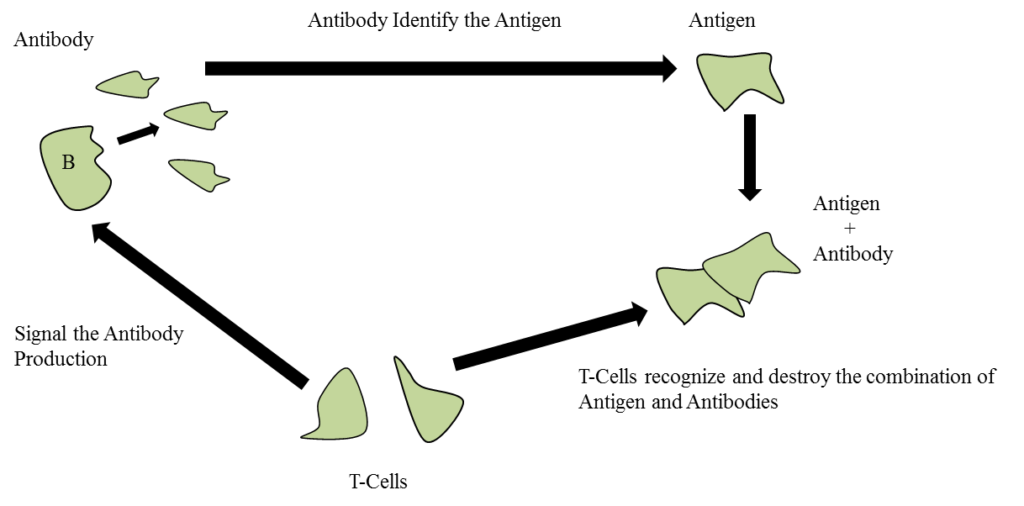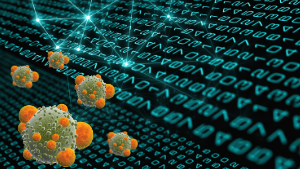Algorithm Development Ideas from Existing Recent Research Gaps in Computer Science Engineering Domain
RESEARCH REPORT
In Brief
- You will find the best dissertation research areas / topics for future researchers enrolled in Engineering .
- In order to identify the future research topics, we have reviewed the Engineering literature (recent peer-reviewed studies) on the AI in medical applications
- Evolutionary computing techniques is the recent trend in Artificial Intelligence.
- The Artificial Immune System (AIS) is one of the evolutionary computing techniques.
- The Artificial Immune System (AIS) is used in engineering and medical applications to solve complex optimisation problems
The biological immune system is a system of defence that has evolved over millions of years (Aickelin & Dasgupta, 2008). The primary work of the immune system is to defend against the virus, bacteria and other organisms producing disease. The immune system has a complicated structure that reconstructs genes to defeat invalidating foreign ones (antigens) and also produces antibodies to exclude antigens Self distinguish pattern is created by the immune system to identify the antigens. Artificial immune system (AIS) is inspiration of Human immune system (HIS). Based on the human body’s immune system, Immune algorithm is implements.
The human immune system
The human immune system will protect the human body from dangerous foreign bodies and diseases. The main characteristic of the human immune system is to identify and attack various threats like parasites, bacteria and viruses. The human immune system will differentiate healthy tissue and foreign bodies from the human body (Toro, 2013). In the human body’s immune system, Lymphatic system plays an integral part. The lymphatic system is the first layer that prevents the human body from diseases. The lymph system is made up of bone marrow, spleen, thymus and lymph nodes. The leukocytes or white blood cells are generated by bone marrow. The leukocytes are the smallest white blood cells that have a major role in protecting the body from infection. The largest lymphatic organ in the human body is the spleen; it fights against diseases and infection.

T-cell is matured in the thymus and the T-cell help to defeat cells that are cancerous or infected. Lymph nodes generate and preserve the cells that fight against disease and infection.

Source Adopted From: Silva-Santos, Rodríguez-Esquerre, & Hernández-Figueroa,(2015)
Artificial Immune system
Artificial immune system (AIS) is inspiration of Human immune system (HIS). There are two work threads in the area of AIS. One is computential methods and other one is mathematical employment in the immunology modelling. The immune system incorporate the way for the construction and development of engineering applications (Read, Andrews, & Timmis, 2012)

Source Adopted From Chang, Liao, and Chang,(2019)
Flowchart of Artificial Immune System
Step1: Generation and initialisation of antibodies. The antibodies could be perceived as the evolutionary algorithm’s primary solution.
Step2: Then identification of the antigens. In this step, HIS will identify the antigens, when it enters the body. Similarly, the AIS algorithm will identify the unknown data.
Step3: The affinity is calculated. If the antibodies attempt to identify the antigens, it is necessary to identify the connection between both the antigen and the antibody.
Step4: The antibodies are adjusted. For modification, pick healthy antibodies.
Step5: The new antibodies are generated. To generate new antibodies, the adjust antibodies is copied and to the pool of antibodies it is added.
Step6: If the conditions are met, end the loop or-else continue the loop.
Step7. Or-else continues the loop from Step2.
Step8: End of the AIS algorithm
Conclusion
Artificial immune system (AIS) is one of the nature-inspired heuristic optimization algorithms. Based on the Human immune system (HIS), the Artificial immune system algorithm is developed. The immune system incorporates the way for the construction and development of engineering applications.
Future scope
1.Used in multi-modal optimization (Caetano, Zacharakis, Barbancho, & Tardón, 2019)
2. Used for the development of chord progressions (Navarro-Cáceres, Caetano, Bernardes, & de Castro, 2019)
3.Used in the detection and diagnosis of faults (Costa Silva, Carvalho, & Caminhas, 2019)
- Aickelin, U., & Dasgupta, D. (2008). Artificial Immune Systems Tutorial. Introductory Tutorials in Optimization and Decision Support Techniques, 1–29.
- Caetano, M., Zacharakis, A., Barbancho, I., & Tardón, L. J. (2019). Leveraging diversity in computer-aided musical orchestration with an artificial immune system for multi-modal optimization. Swarm and Evolutionary Computation, 50, 100484.
- Chang, A., Liao, J.-F., & Chang, P.-C. (2019). Application of Artificial Immune System combines Collaborative Filtering in Movie Recommendation System. Retrieved November 8, 2019,
- Chonho Lee, & Suzuki, J. (2006). An autonomic adaptation mechanism for decentralized grid applications. In CCNC 2006. 2006 3rd IEEE Consumer Communications and Networking Conference, 2006. (Vol. 1, pp. 583–589). IEEE.
- Costa Silva, G., Carvalho, E. E. O., & Caminhas, W. M. (2019). An artificial immune systems approach to Case-based Reasoning applied to fault detection and diagnosis. Expert Systems with Applications, 140, 112906.
- Navarro-Cáceres, M., Caetano, M., Bernardes, G., & de Castro, L. N. (2019). ChordAIS: An assistive system for the generation of chord progressions with an artificial immune system. Swarm and Evolutionary Computation, 50, 100543.
- Read, M., Andrews, P. S., & Timmis, J. (2012). An Introduction to Artificial Immune Systems. In Handbook of Natural Computing (pp. 1575–1597). Berlin, Heidelberg: Springer Berlin Heidelberg.
- Silva-Santos, C. H., Rodríguez-Esquerre, V. F., & Hernández-Figueroa, H. E. (2015). Artificial Immune Network Design of Optical Multiplexers/Demultiplexers. Journal of Microwaves, Optoelectronics and Electromagnetic Applications, 14(2), 229–237.
- Toro, R. (2013). Diagram of the Human Immune System (Infographic). Retrieved November 8, 2019,
Related Topics Engineering and Technology
Related Services
- Guidelines to Write a Research Proposal for Neurology Research Scholars - March 19, 2021
- How to Choose a PhD Dissertation Topic For Economic Research? List out the Criteria for Topic Selection - March 11, 2021
- Beginners Guide to Write a Research Proposal for a PhD in Computer Science - February 19, 2021














